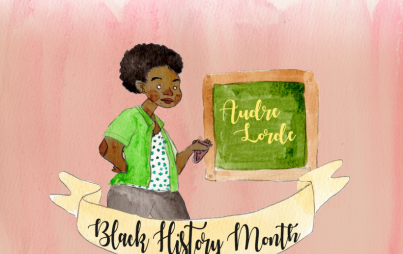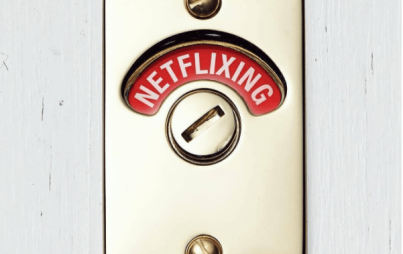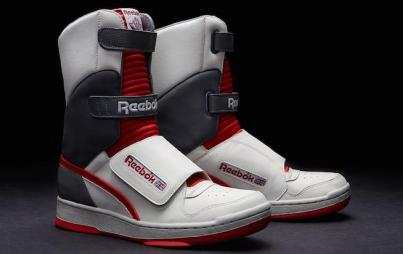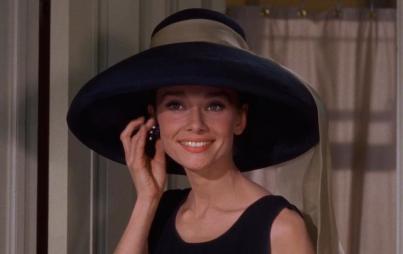
Even if you've tried, you probably haven't been able to avoid hearing about (or, shudder, actually listening to) the fascinating debacle that is a leaked clip of Britney Spears singing "Alien" sans auto-tuning. The wildly pitchy, breathy clip—which sounds like a four-year-old crooning her favorite Disney hit—has prompted the track's producer, William Orbit, to claim she was merely warming up her voice by making strange sounds into the microphone. Because everyone knows great singers get ready to cut tracks by warbling as crappily and off-key as they humanly can . . .
In any case, you almost have to feel bad for 'ol Brit-Brit. Yes, it's annoying that one of the biggest pop stars in the world clearly couldn't sing her way out of a paper bag—especially considering there are untold really talented singers out there trying desperately to make it. But it's not exactly news that Britney's greatest strength isn't her voice (you don't say!). Plus, she's hardly the only who's been fine-tuned through the magic of this voice-correcting tech.
Here's a brief and dirty history of the revolution that's transformed music. And by "transformed," we mean "bastardized into oblivion."
It debuted in 1997
That's right—while it feels like auto-tune has been accosting our delicate ear drums since the beginning of time, the technology didn't actually make its debut until 1997. Britney's first mega-hit, "Hit Me Baby One More Time," was released exactly one year later. Very interesting. Very interesting indeed.
It was once called "the Cher effect"
Poor Cher. The diva was the first to become associated with auto-tuning in 1998, when it was revealed her song "Believe" relied heavily on the fledgling tech—such that it became known in its early days as "the Cher effect." As Greg Milner shared in his book Perfecting Sound Forever:
While working with Cher on the song "Believe" in 1998, producers Mark Taylor and Brian Rawling discovered that if they set Auto-Tune on its most aggressive setting, so that it corrected the pitch at the exact moment it received the signal, the result was an unsettlingly robotic tone.
Thus began the famed "unsettlingly robotic tone" era of pop music.
T-Pain was an auto-tune pioneer
While many musicians have used auto-tuning to hide pitch flaws, T-Pain was one of the first and most prolific to embrace it as a bona-fide musical trademark. He even released an auto-tuning iPhone app called (yes) "I Am T-Pain." Sayeth the patron saint of auto-tuning in an interview with Mashable:
I said, 'Well, I guess I'm so famous for the auto-tune, I guess I should make an app.' And it's just been flying off the shelves.
Amurica!
X Factor used it for supposedly "live" auditions
In 2010, after a contestant on the UK X Factor was made to sound like "Mariah Carey impersonating Robocop," viewers took to Twitter to share their rage. A spokesperson for the show later admitted that, indeed, the show had done some "post-production" work on contestants. Which means that, just over a decade after making its debut, auto-tuning was officially used on a show ostensibly dedicated to discovering raw talent.
Whether we like it or not (not not not!), auto-tuning is clearly here to stay. So don't hate the Britney. Hate the machinery that made her.
Image: Wikimedia Commons






